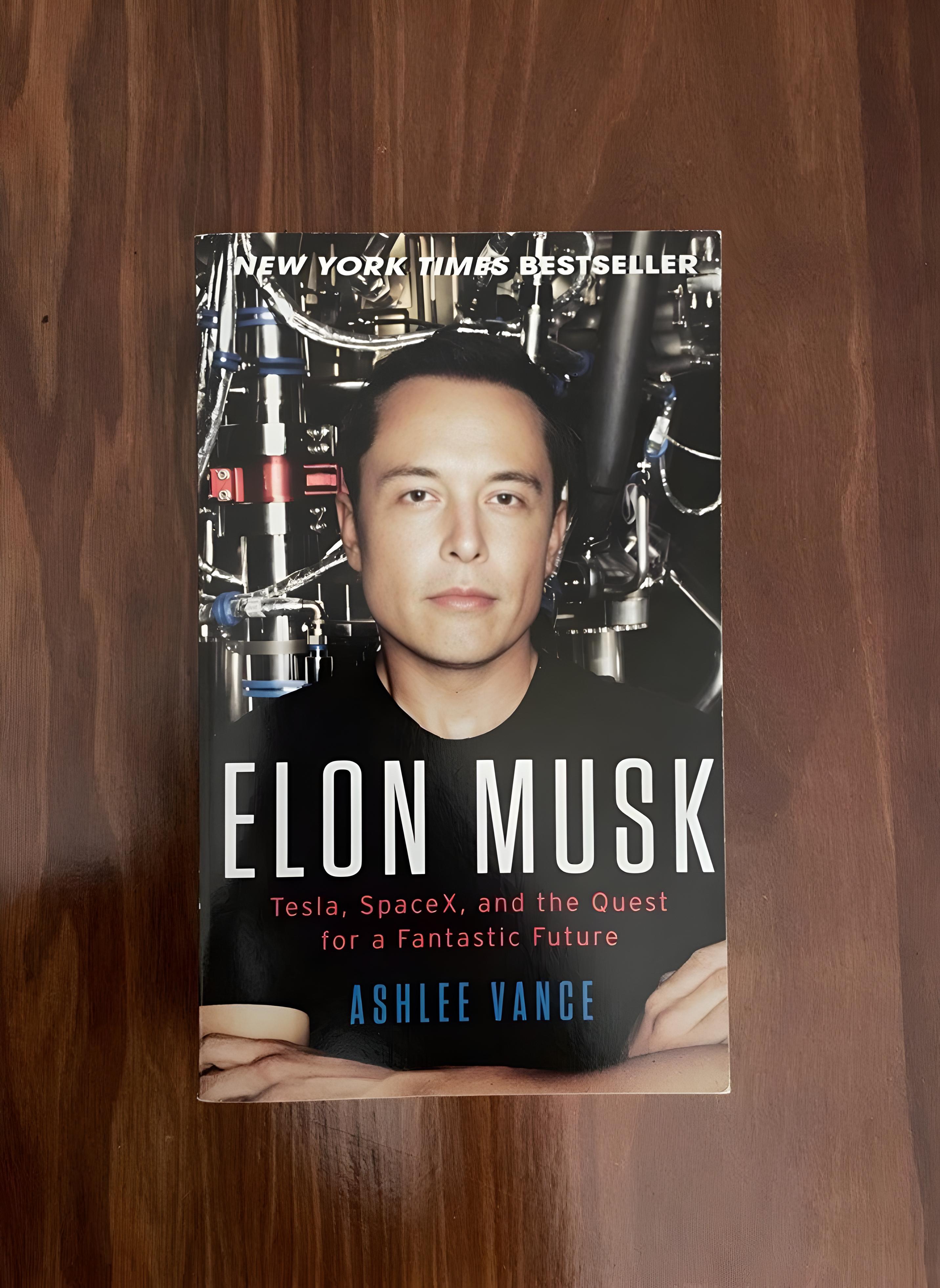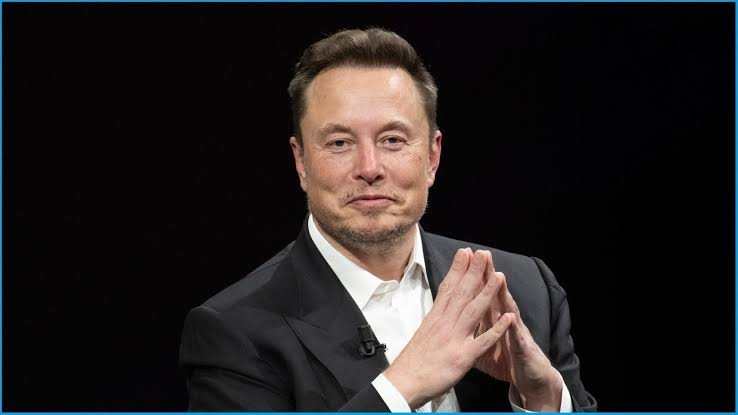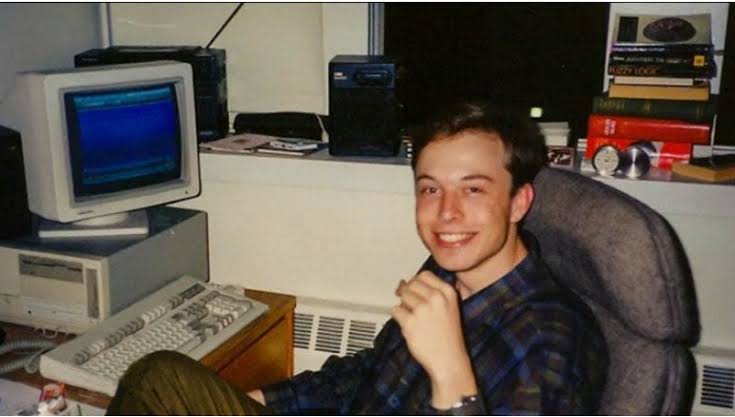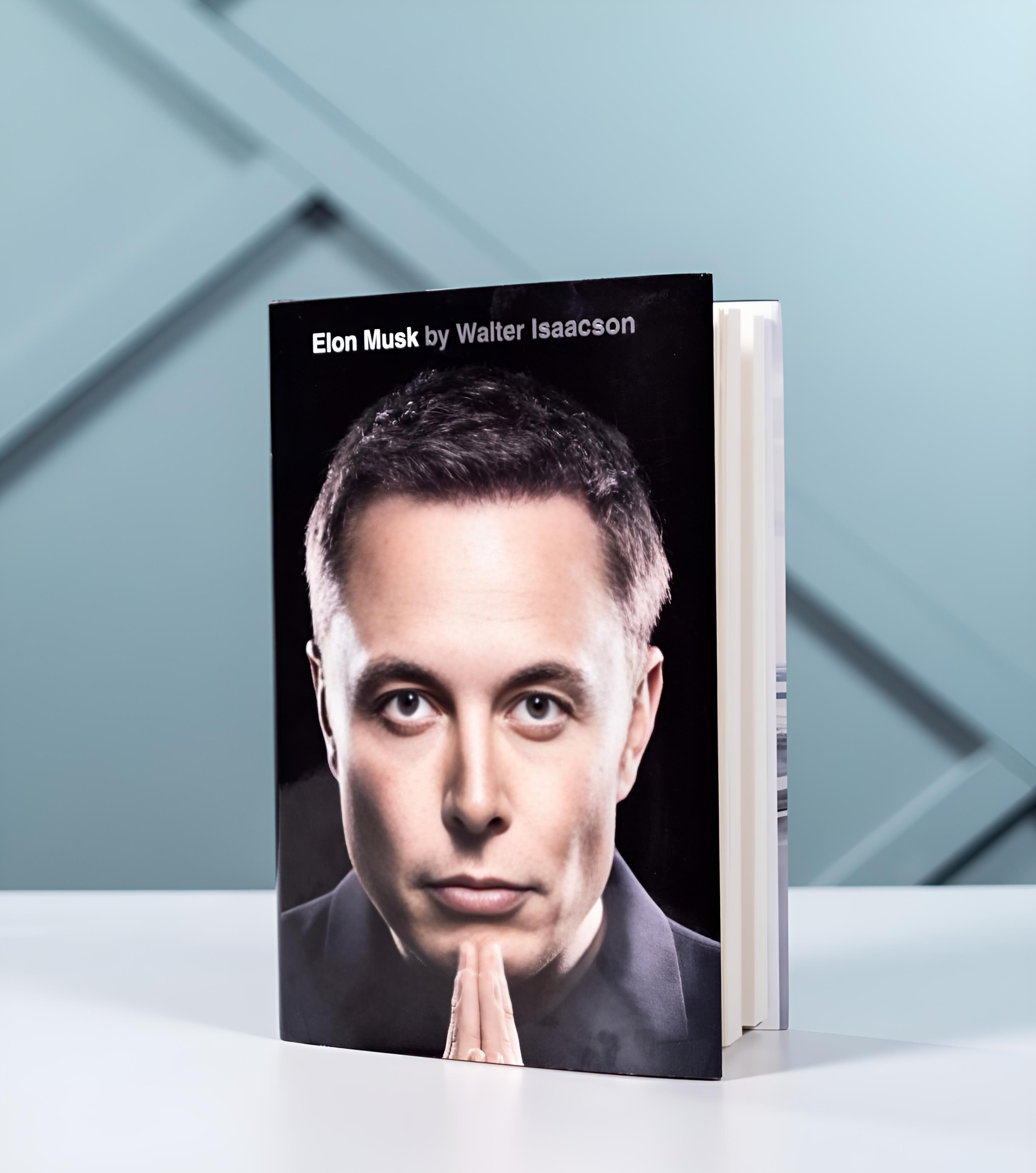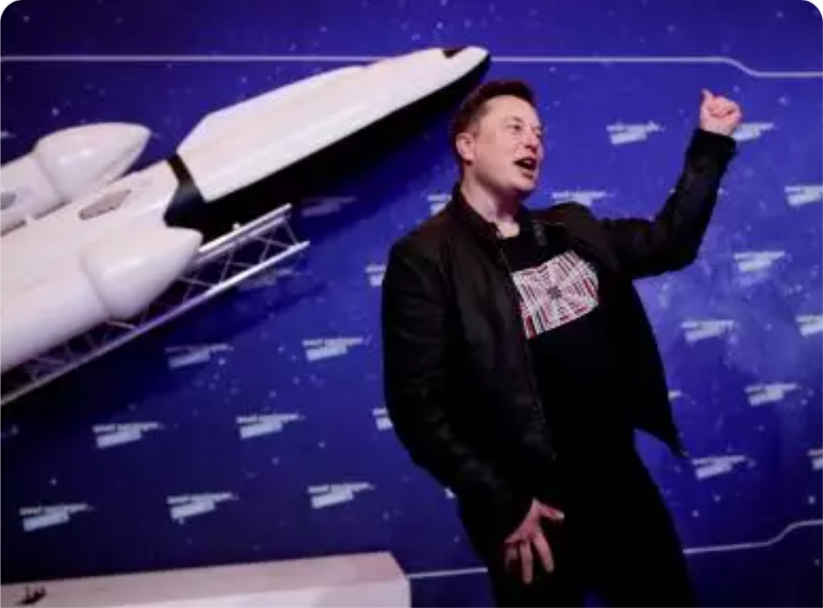Back
Anonymous
Hey I am on Medial • 1y
1. First-Principles Thinking: Musk often uses first-principles thinking, breaking problems down to their fundamental elements and building solutions from the ground up, rather than relying on conventional wisdom. 2. Vertical Integration: Both Tesla and SpaceX focus on vertical integration, meaning they produce much of their technology in-house (e.g., Tesla making its own batteries). This reduces dependency on suppliers and increases control over production. 3. Relentless Focus on Innovation: Musk constantly pushes for technological innovation, whether it's improving battery life for Tesla cars or reducing rocket costs for SpaceX. He continually sets ambitious goals to stay ahead of competitors. 4. Risk Tolerance: Musk is known for taking massive financial risks. He reinvested his personal wealth into Tesla and SpaceX, even facing bankruptcy multiple times but continuing to push forward with his vision. 5. Open-Source Approach: Tesla made all of its patents open-source in 2014 to encourage the growth of the electric vehicle market, reflecting Musk’s broader mission to advance sustainable energy, even if it benefits competitors. 6. Cross-Industry Learning: Musk applies knowledge from one industry to another. For example, the engineering and manufacturing principles he learned at SpaceX helped improve production at Tesla, such as automation and efficiency in factories. 7. Speed of Execution: Musk is known for setting extraordinarily aggressive timelines, pushing teams to move faster than usual industry standards, despite occasional delays. 8. Focus on Cost Reduction: One of Musk's main strategies, particularly with SpaceX, has been driving down costs (e.g., through reusable rockets) to make space travel more accessible and commercially viable. 9. Long-Term Vision: Musk often pursues projects with a far-reaching vision, such as colonizing Mars, widespread adoption of electric vehicles, or integrating AI with human brains, which he sees as essential for humanity’s survival and advancement. 10. Customer-Centric Approach: Tesla constantly seeks customer feedback to improve its products, particularly through over-the-air updates. This ensures the vehicles evolve based on user needs even after they are sold. 11. Iterative Development: Musk focuses on rapid prototyping and continuous iteration. Rather than waiting for a perfect product, he launches early versions (like Tesla’s Autopilot) and refines them over time through software updates and user feedback. 12. End-to-End User Experience Control: Musk ensures control over the entire customer experience, from manufacturing to retail and service. For instance, Tesla bypassed traditional car dealerships and opted for direct sales through company-owned stores and online platforms.
More like this
Recommendations from Medial


Anonymous
Hey I am on Medial • 1y
Ever wondered how Elon Musk created initial revenue for SpaceX, Tesla and X? 1. SpaceX: Space exploration is expensive. So his funds were used to create and deploy multiple small satellites in the space for telecommunication, called Starlink. This
See More
Sanskar
Keen Learner and Exp... • 7m
So is it over for Elon? Tesla board is initiating a search for a successor to CEO Elon Musk This comes after his involvement with the Trump administration and declining sales of Tesla vehicles, Elon who is facing criticism from investors vowed to
See MoreDownload the medial app to read full posts, comements and news.



